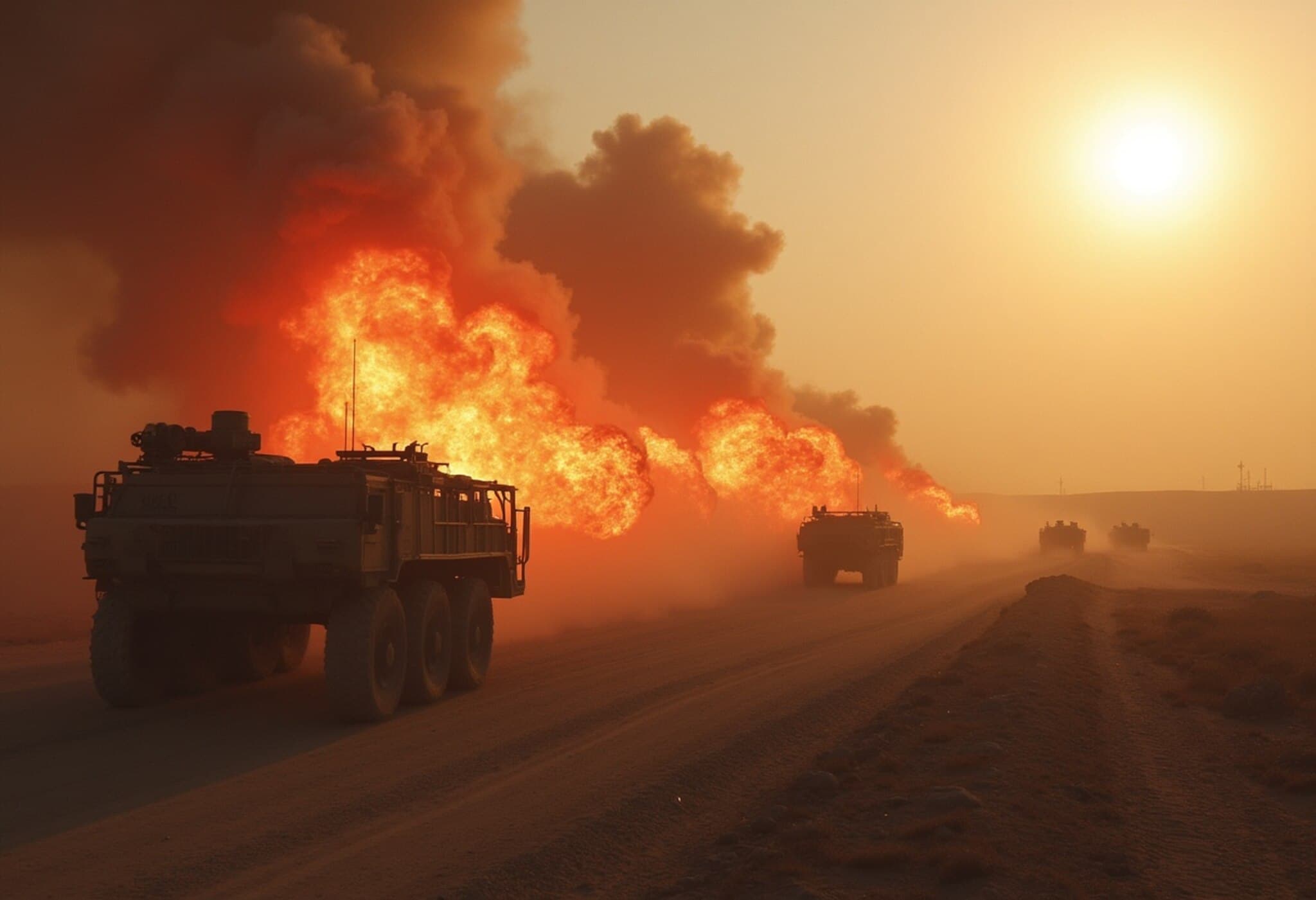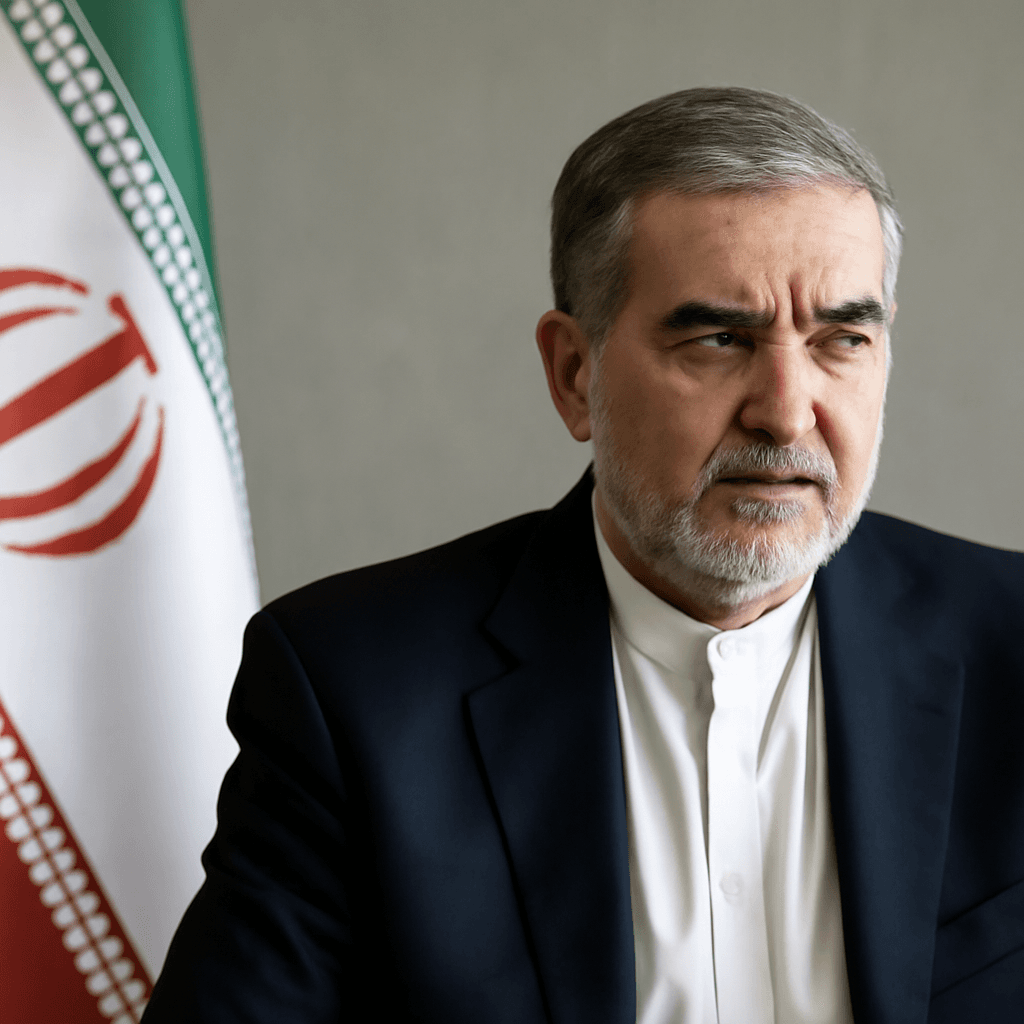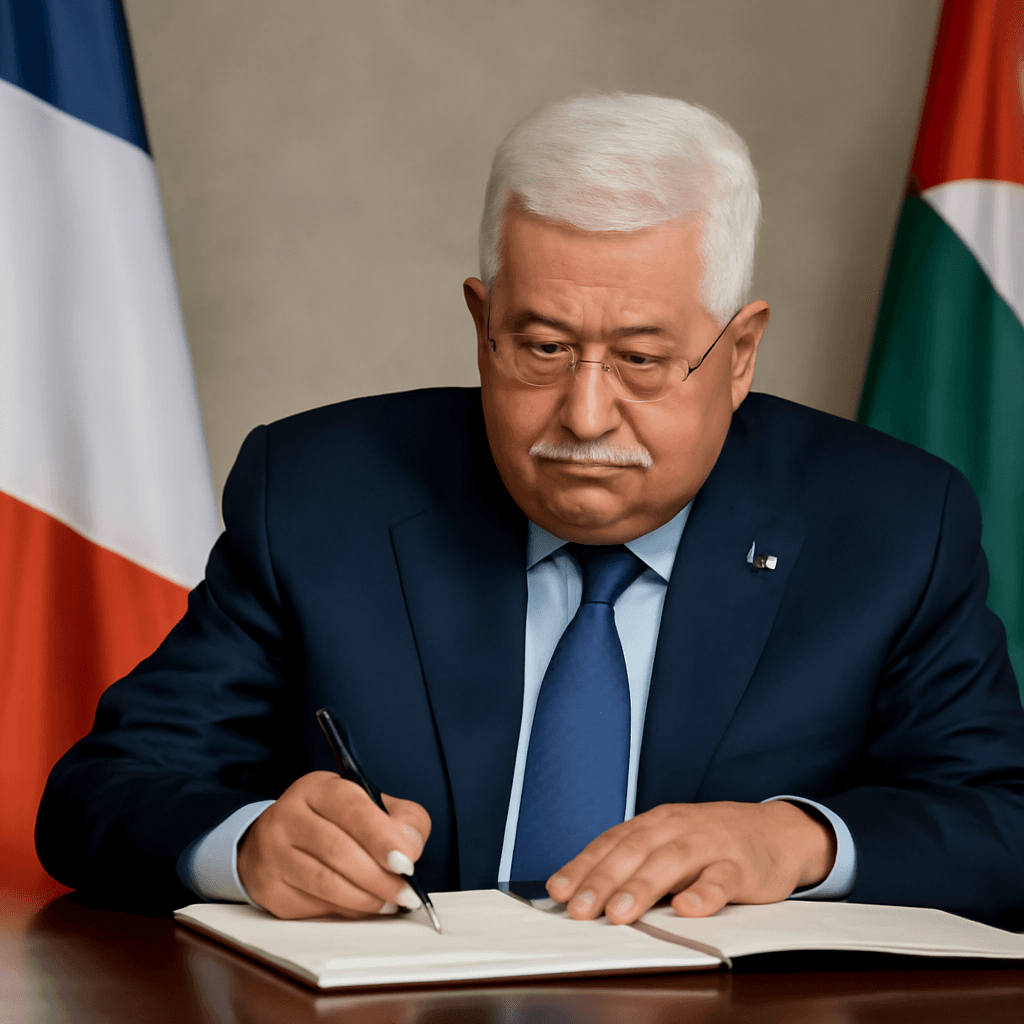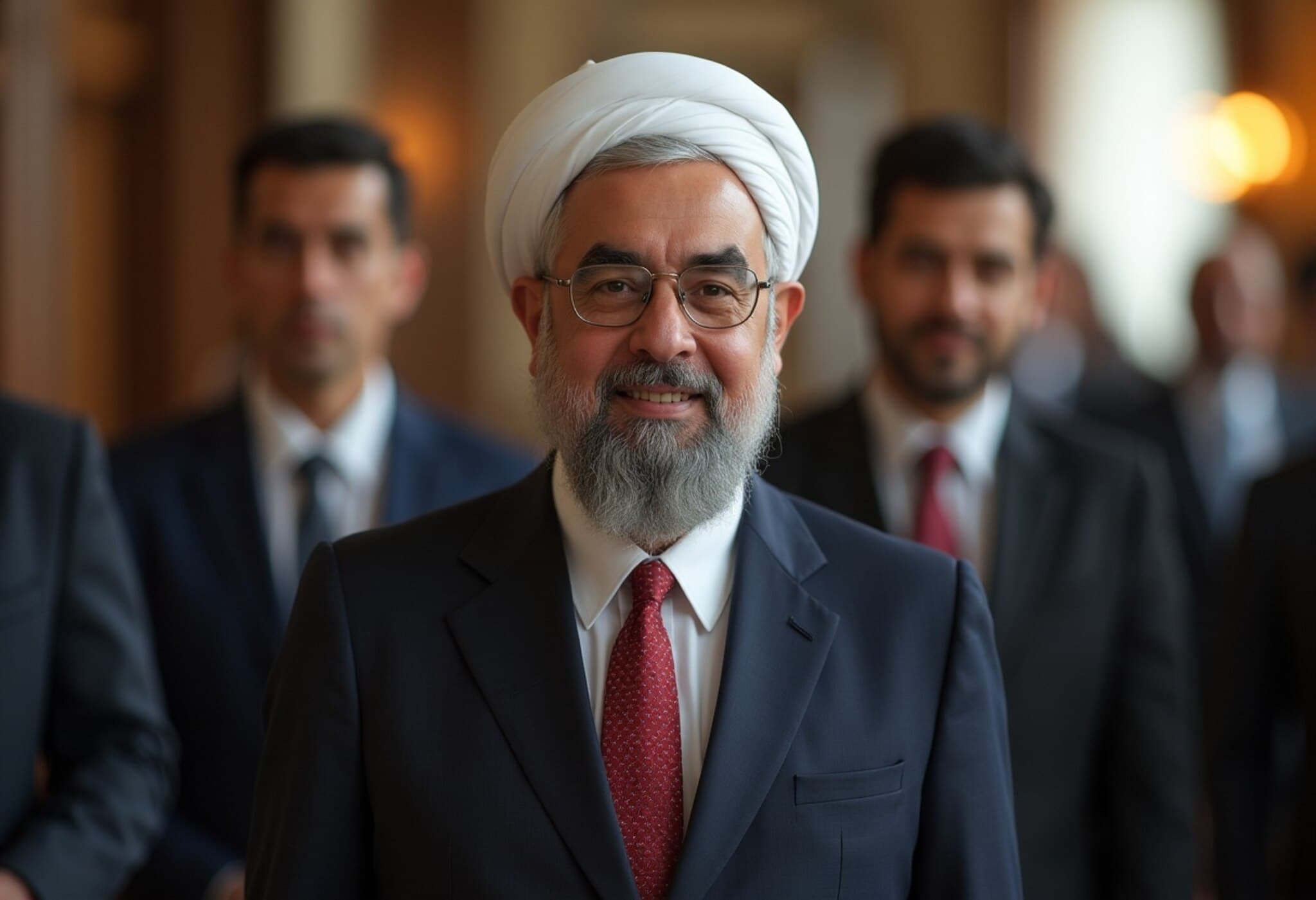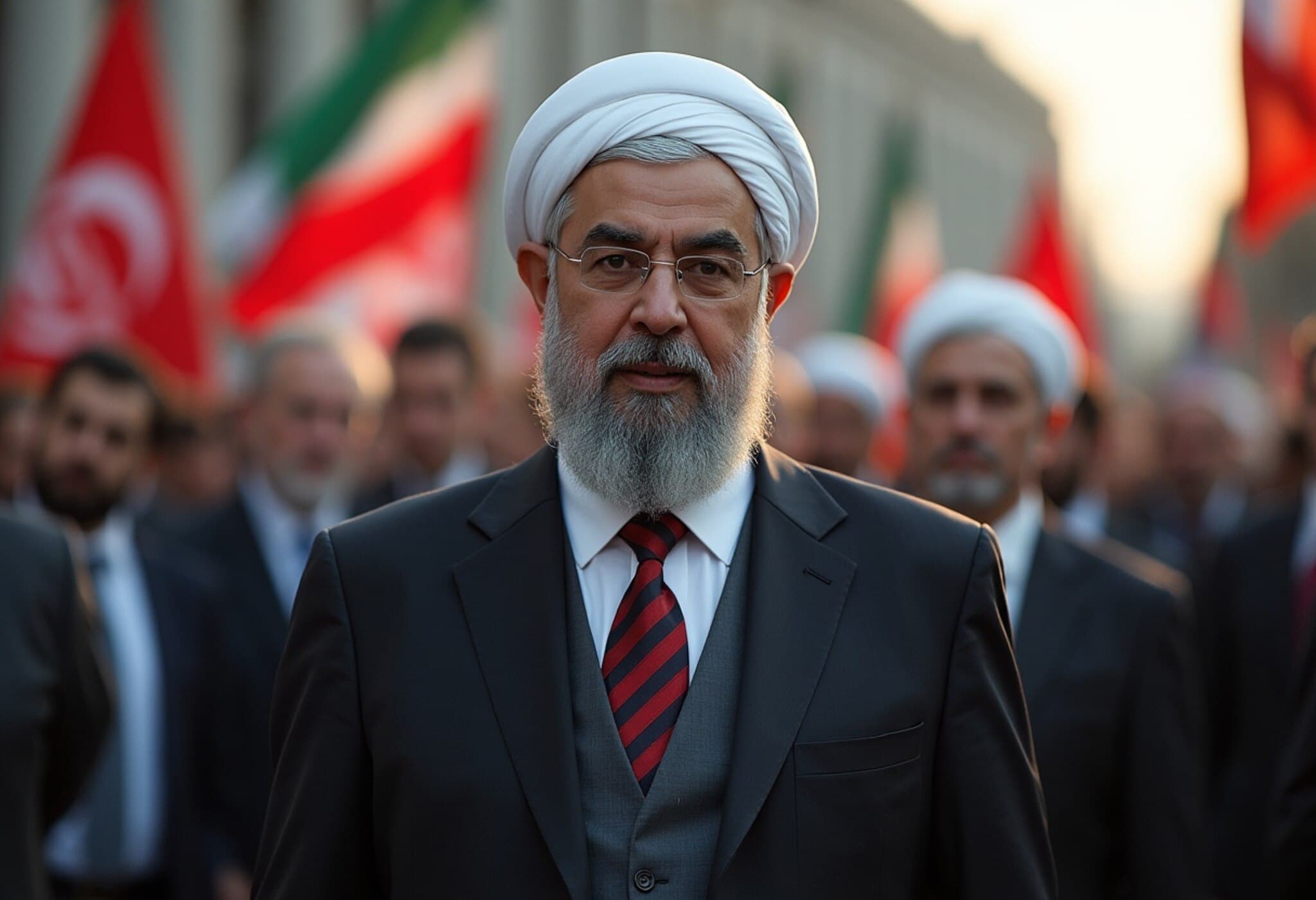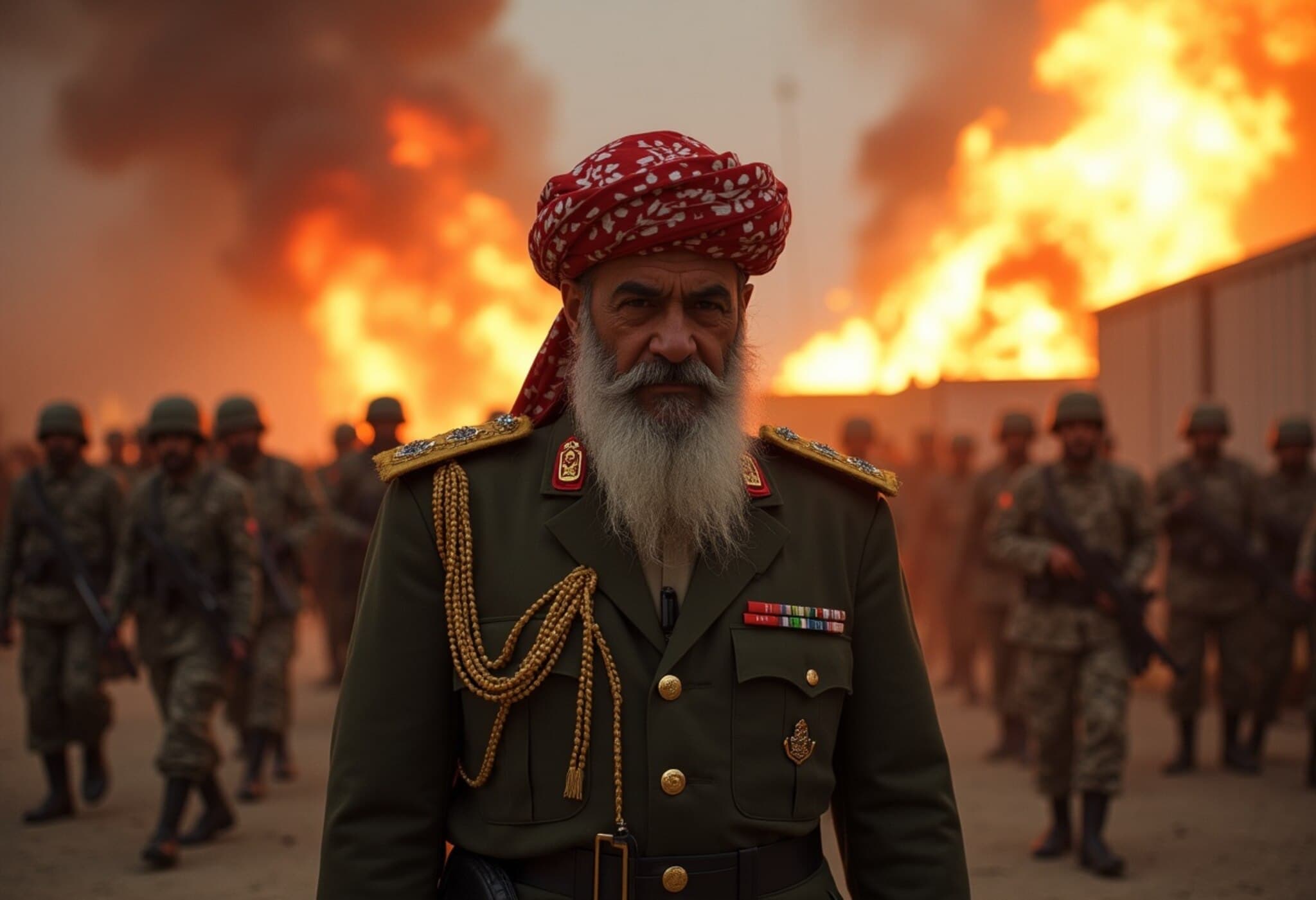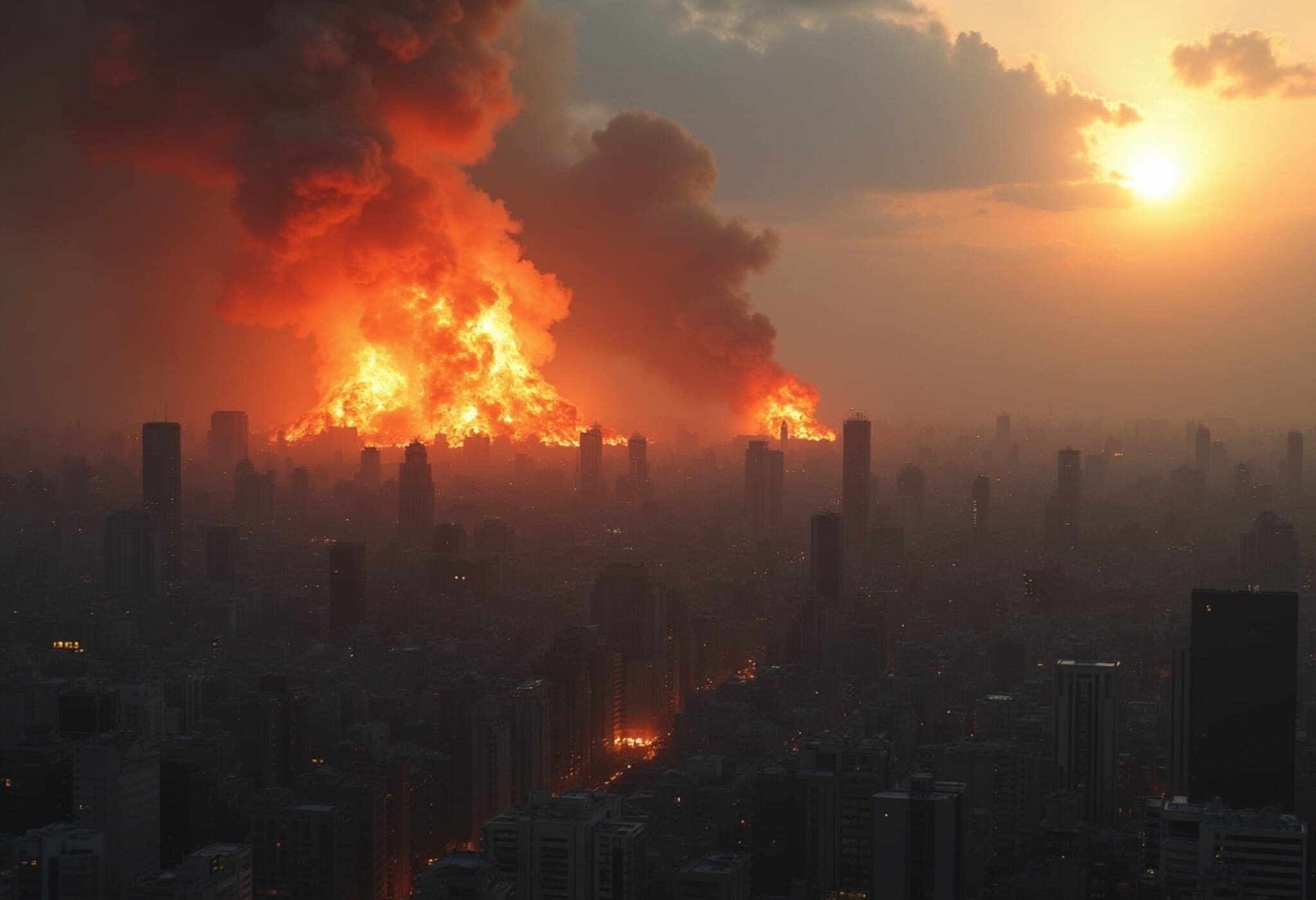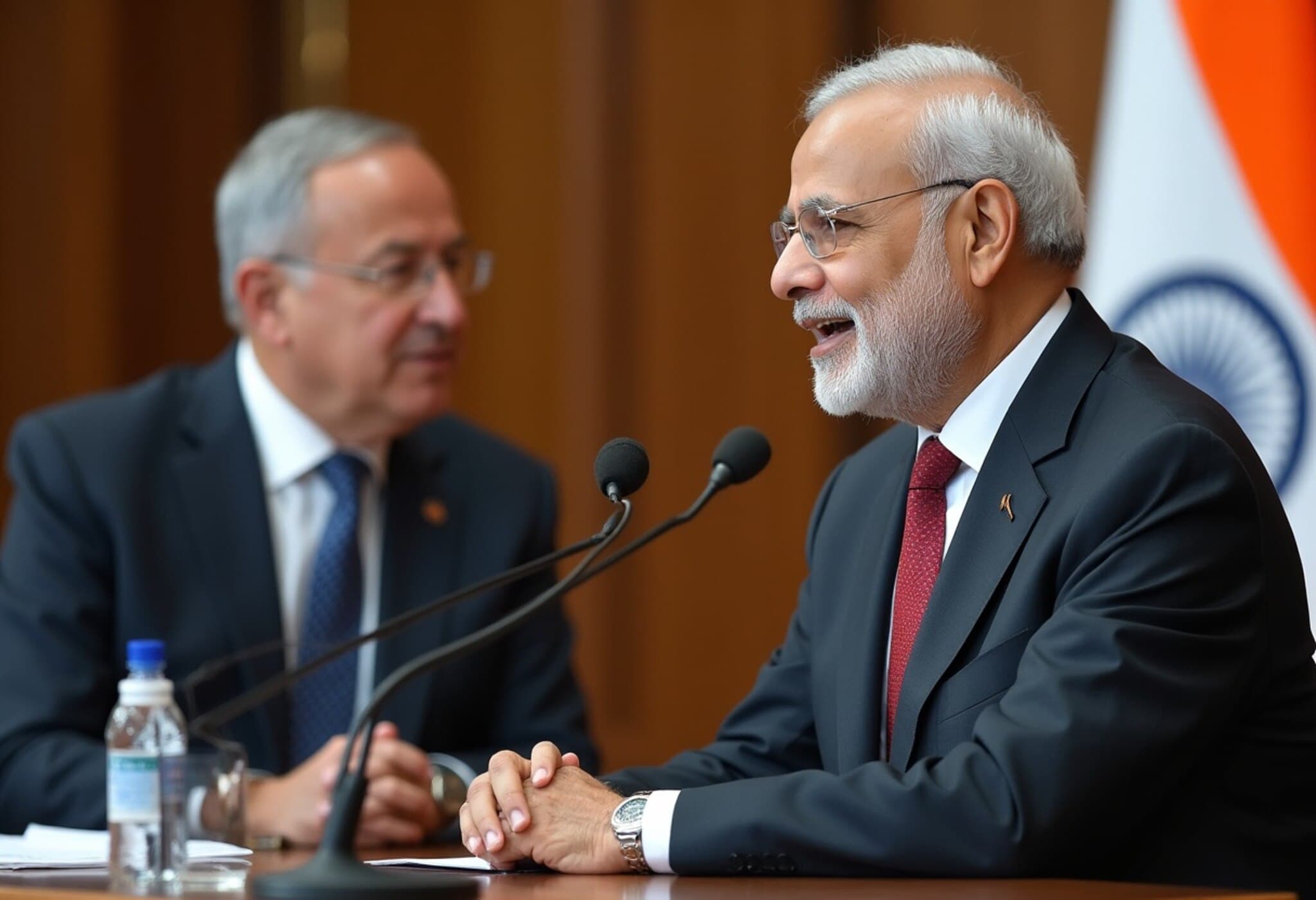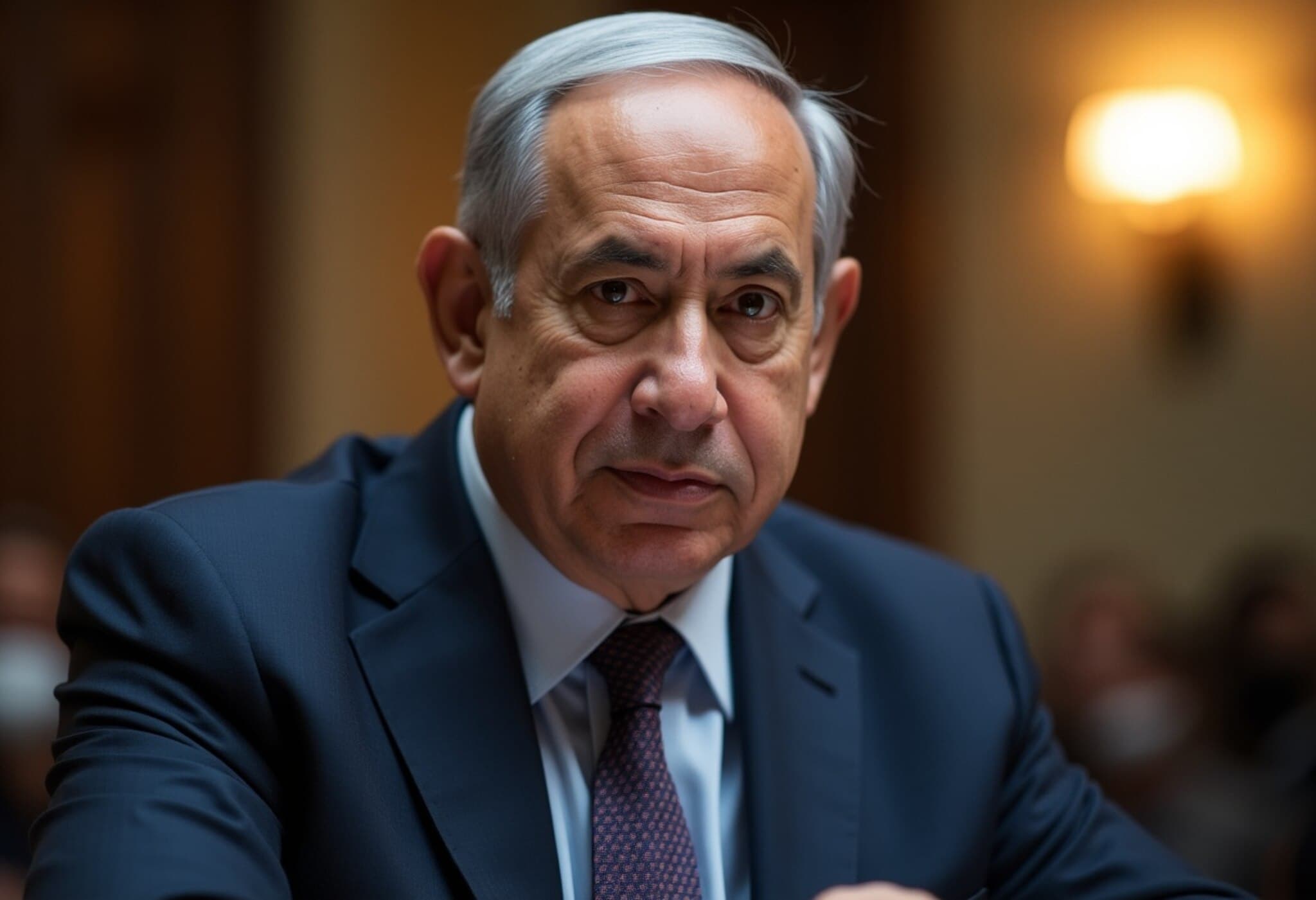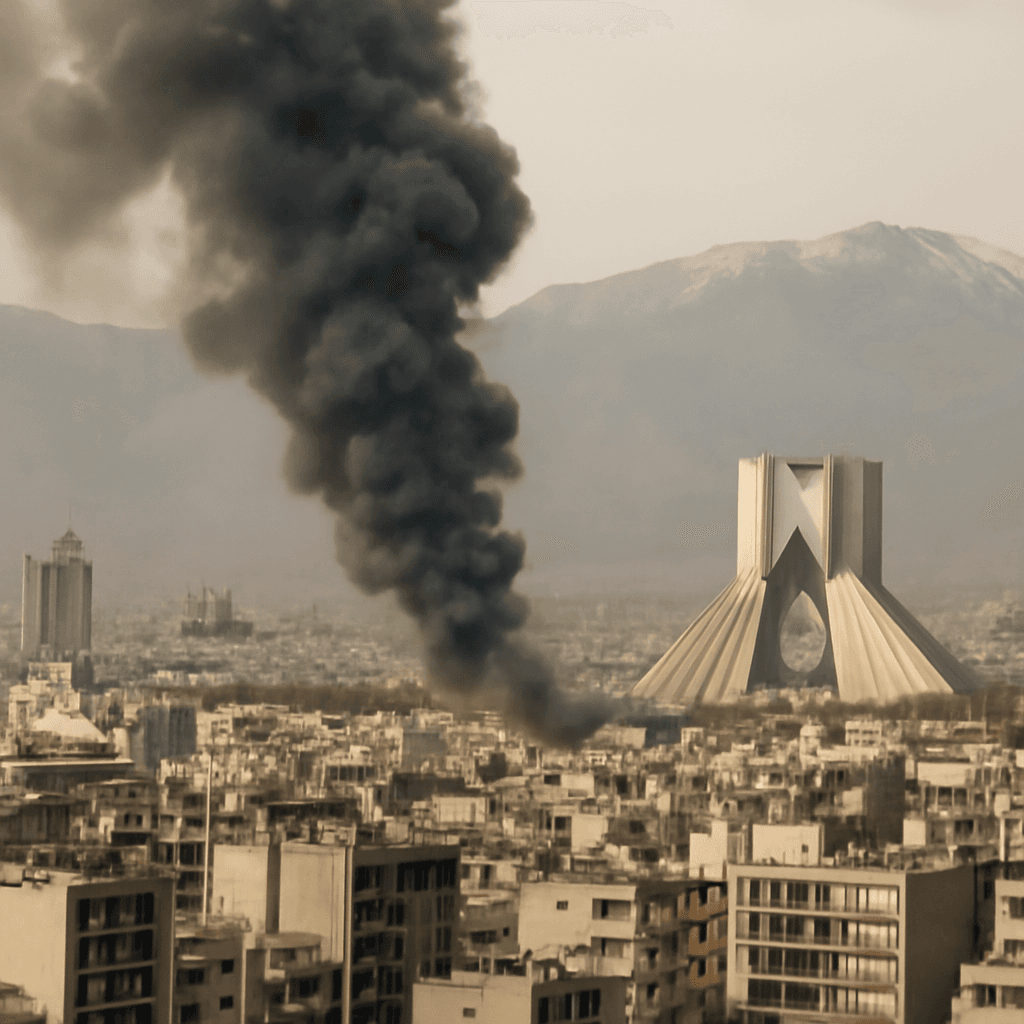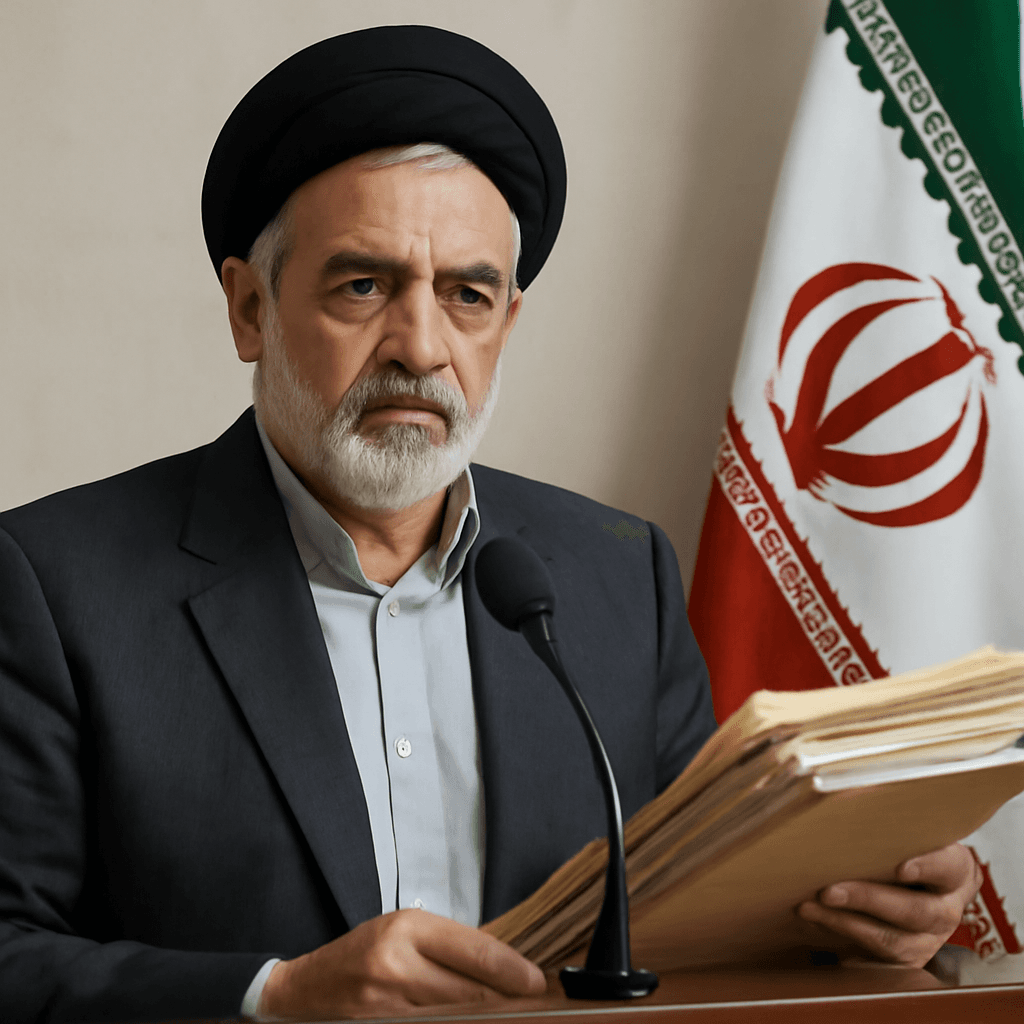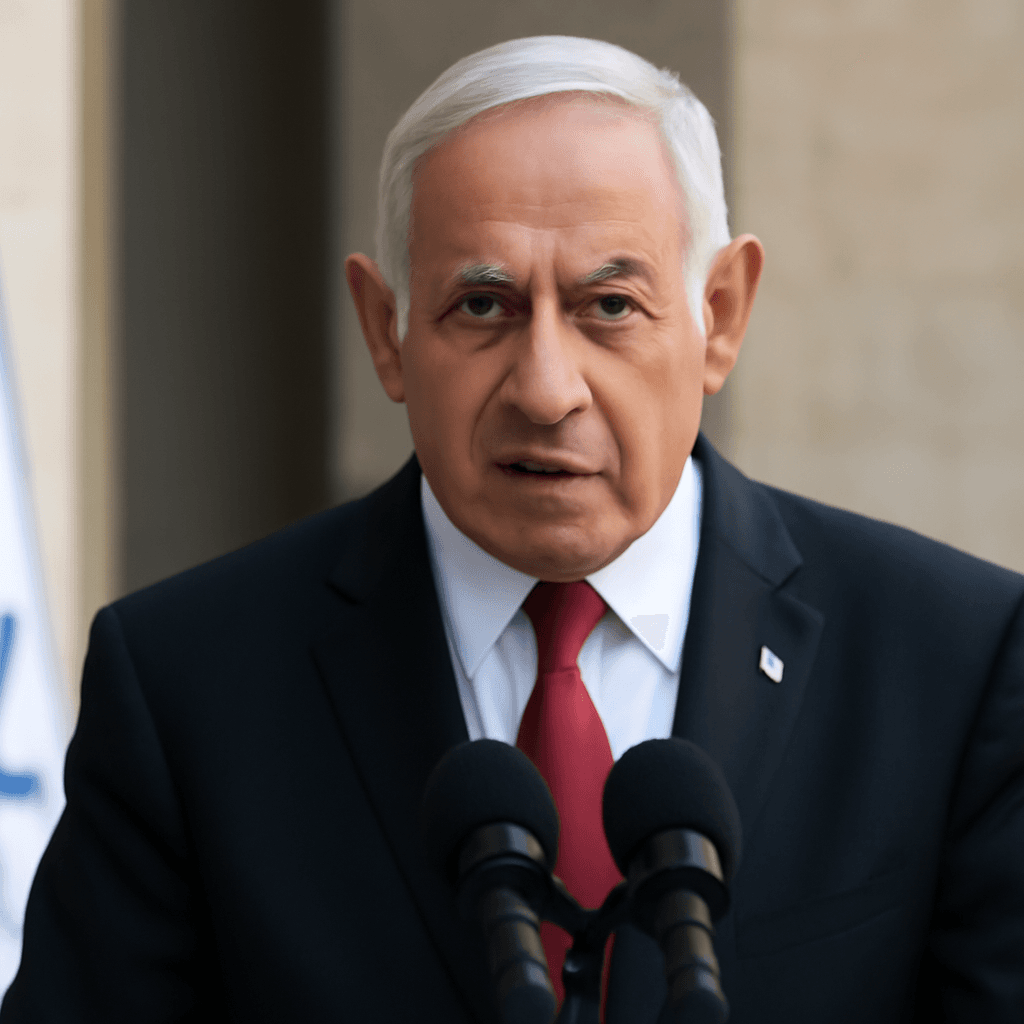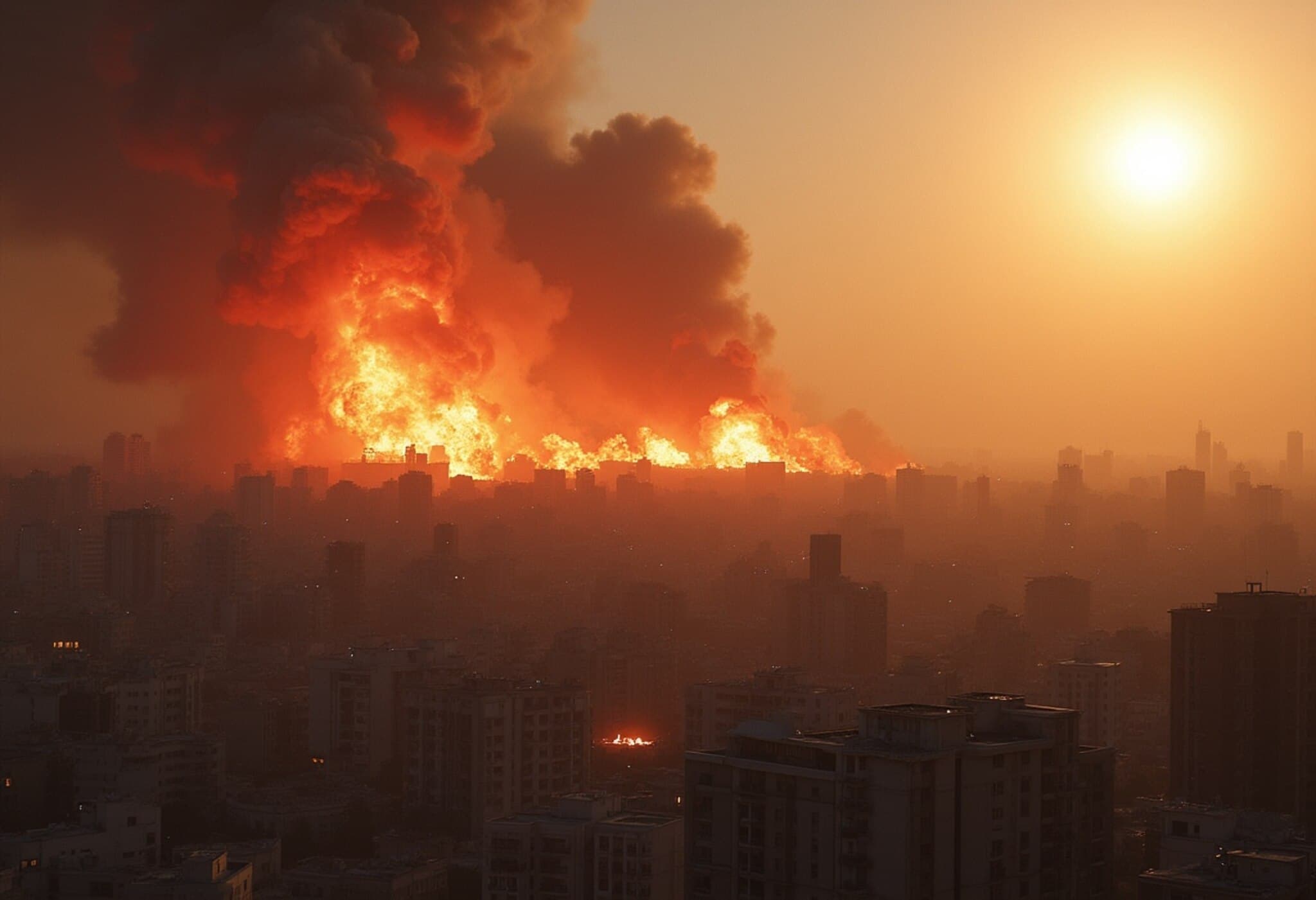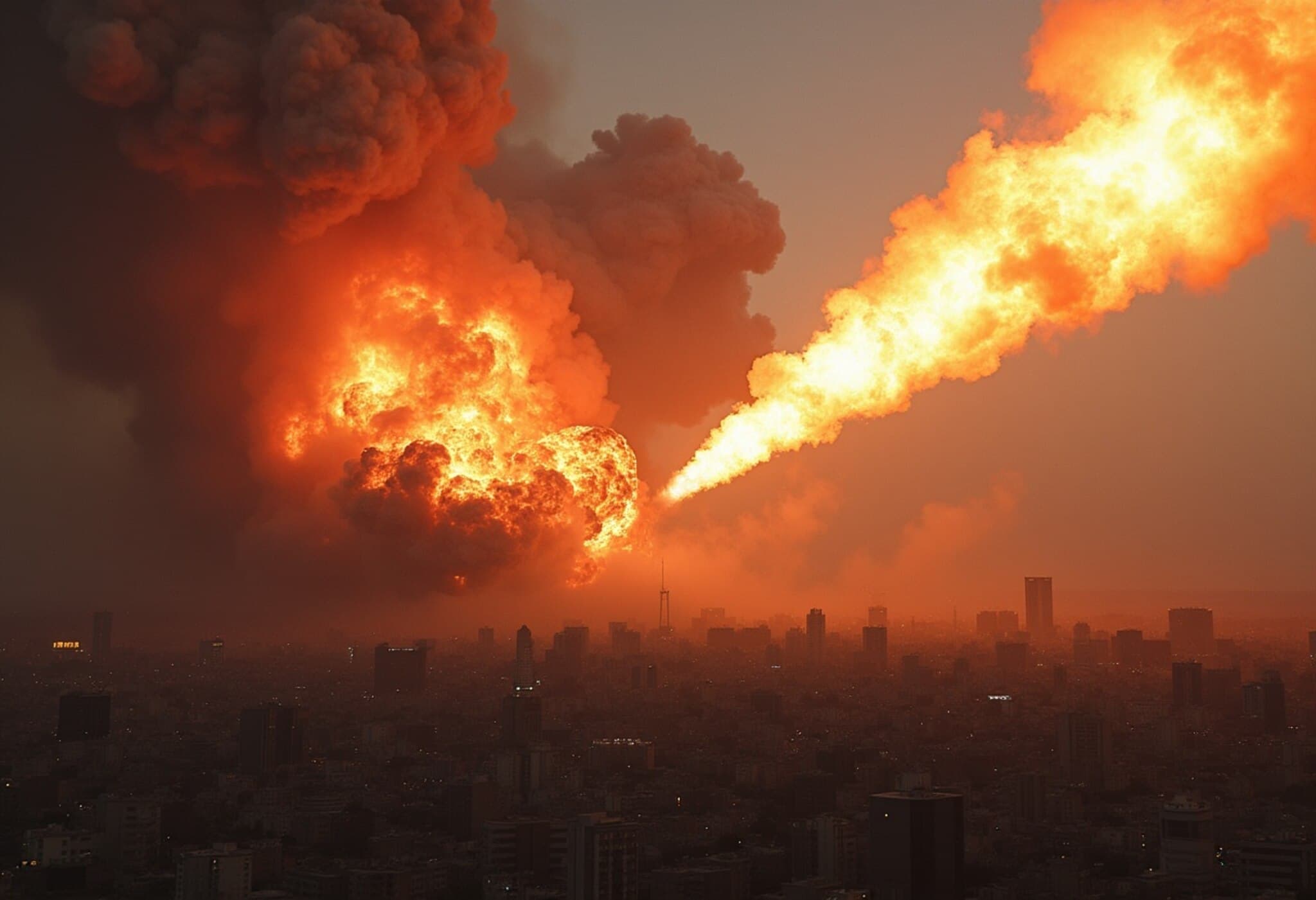Decades of Tension Culminate in Israel's Major Strike on Iran
On a decisive Friday morning, Israel launched a significant military strike against Iran, marking a dramatic escalation after years of mounting hostilities between these two longstanding adversaries.
Historical Roots of the Israel-Iran Rivalry
The animosity between Israel and Iran dates back to the aftermath of Iran's 1979 Islamic Revolution, which cast the United States and Israel as primary enemies due largely to their previous alliances with Iran’s last monarch. Since then, persistent regional rivalries and ideological clashes have fueled mutual distrust and conflict.
Iran's pursuit of a nuclear program has been a constant bone of contention. Though Tehran maintains its nuclear ambitions are peaceful, surveillance by international atomic agencies indicates Iran possesses sufficient enriched uranium near weapons-grade levels that could potentially fuel nuclear arms production. Conversely, Israel regards a nuclear-armed Iran as an existential threat, viewing the prevention of Tehran's nuclear capabilities and the dismantling of its regional proxy networks as core security priorities.
Rhetoric and Reality: The Deep-Rooted Hostility
Israel’s leadership, including Prime Minister Benjamin Netanyahu, has consistently highlighted Iran’s hostile rhetoric and support for militant groups as evidence of an ongoing threat. Netanyahu has repeatedly compared the potential danger of Iran’s nuclear program to historical atrocities against the Jewish people, underscoring Israel’s resolve to prevent such a scenario.
Iran’s Regional Influence: The Axis of Resistance
For decades, Iran consolidated influence across the Middle East through a coalition termed the "Axis of Resistance," which includes powerful allied groups like Hamas, Hezbollah, and militias active in Yemen, Iraq, and Syria. These proxies amplified Iran’s geopolitical reach and posed significant strategic challenges to Israel.
However, recent developments, including Israel's extensive military actions against Hamas following its October 2023 assault and critical strikes weakening Hezbollah, have significantly disrupted this axis. The fall of Syria's Bashar Assad, a close Iranian ally, further underscores the erosion of Tehran’s regional foothold.
Why Now? Timing and Strategy Behind Israel's Strike
Israel’s decision to launch its strike was influenced by several interlocking factors. Netanyahu warned that Iran was rapidly advancing toward weaponizing enriched uranium, citing an urgent need to act before Tehran crossed a nuclear threshold. The ongoing, yet faltering, nuclear negotiations between the U.S. and Iran also factored into the timing. Israel viewed the talks as a potential stalling tactic by Iran intended to delay action while continuing clandestine nuclear progress.
Just days before the strike, the International Atomic Energy Agency (IAEA) formally censured Iran for non-cooperation with inspectors, to which Iran responded by announcing plans for a new uranium enrichment site and upgrading its centrifuges—signals interpreted in Israel as provocative provocations demanding a response.
Balancing Diplomatic and Military Pressures
Although former U.S. President Donald Trump reportedly advised against the strike during negotiation periods, the operation proceeded, reflecting Israel’s calculated risk assessment amid shifting regional dynamics. The move also capitalized on Iran's weakened proxy network and momentary vulnerabilities in its defenses.
The Path Forward: Uncertain and Tense
Israel’s attack on Iran marks a significant flashpoint in a conflict shaped by decades of complex geopolitical rivalry. With nuclear talks reportedly ongoing and regional tensions heightened, the future trajectory remains fraught with risks, underscoring the fragile balance of power in the Middle East.

